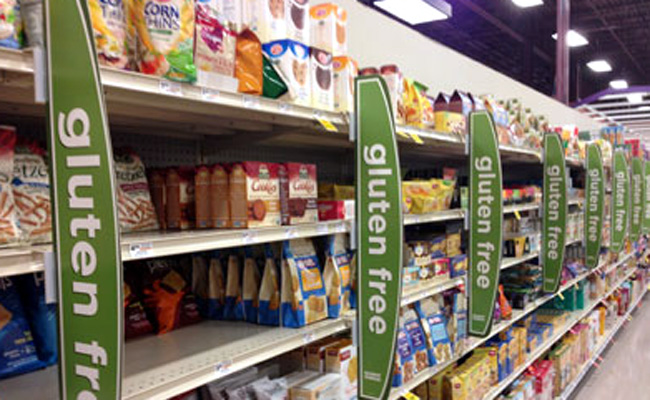For individuals following a gluten-free diet in the Philippines, navigating grocery store aisles can be both exciting and daunting. With the growing awareness of gluten intolerance and coeliac disease, the availability of gluten-free products has increased significantly. However, deciphering food labels and identifying truly gluten-free options amidst a sea of products can still pose challenges. In this article, we’ll explore helpful tips and tricks for reading labels and finding gluten-free products in Philippine grocery stores.

Understanding Gluten-Free Labeling
Before diving into the aisles, it’s essential to understand the various labeling terms related to gluten-free products:
- Gluten-Free: Products labeled as “gluten-free” should contain no gluten or ingredients derived from gluten-containing grains like wheat, barley, or rye.
- No Gluten-Containing Ingredients: This label indicates that the product’s ingredients do not include any gluten-containing grains. However, cross-contamination during manufacturing is still possible.
- Made in a Facility That Processes Wheat: While the product itself may not contain gluten, it may have been processed in a facility that handles wheat or other gluten-containing ingredients. Cross-contamination risk exists in such cases.
- May Contain Traces of Gluten: This label warns consumers that the product may unintentionally contain small amounts of gluten due to cross-contamination during manufacturing.
Tips for Reading Labels
When shopping for gluten-free products in Philippine grocery stores, keep the following tips in mind:
- Check for Certification: Look for gluten-free certification symbols or logos on packaging. These certifications indicate that products have undergone rigorous testing and meet strict gluten-free standards.
- Read Ingredient Lists Carefully: Scrutinize ingredient lists for any gluten-containing ingredients, such as wheat, barley, rye, and their derivatives. Be wary of less obvious sources of gluten, such as malt flavoring or soy sauce.
- Look for Dedicated Gluten-Free Aisles or Sections: Some grocery stores in the Philippines may have dedicated gluten-free aisles or sections, making it easier to find certified gluten-free products.
- Avoid Ambiguous Terms: Be cautious of terms like “natural flavors” or “spices,” as they may contain hidden sources of gluten. When in doubt, contact the manufacturer for clarification.
- Utilize Mobile Apps or Online Resources: Consider using mobile apps or online databases that provide information on gluten-free products available in Philippine grocery stores. These resources can help you quickly identify safe options while shopping.

Explore Local and International Brands
In addition to familiarizing yourself with gluten-free labeling practices, explore both local and international brands offering gluten-free products in the Philippines. While imported brands may offer a wider variety of gluten-free options, don’t overlook local brands that cater to gluten-free consumers’ needs.
Connect with the Gluten-Free Community
Joining online forums or social media groups dedicated to gluten-free living in the Philippines can provide valuable insights and recommendations from fellow consumers. Share experiences, exchange tips, and stay informed about new gluten-free products or developments in the local market.




